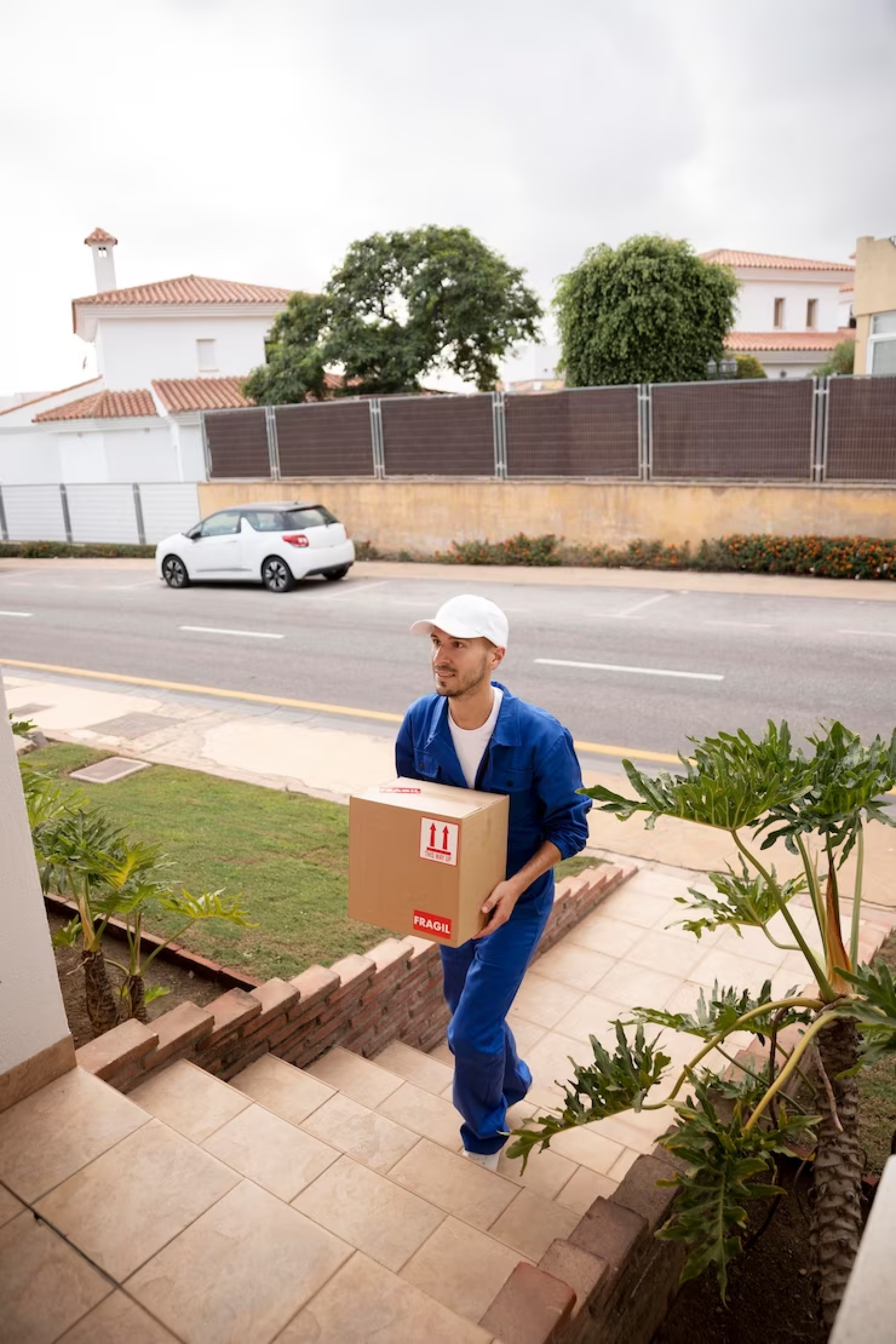Introduction
Last Mile Service Delivery (LMSD) refers to the final leg of the supply chain, where products or services are delivered to end-users or customers. This critical phase plays a crucial role in ensuring customer satisfaction and loyalty. In this article, we explore the concept of Last Mile Service Delivery, its challenges, and strategies to enhance its efficiency.
Understanding Last Mile Service Delivery
Last Mile Service Delivery encompasses the processes involved in delivering goods or services from a distribution center or service provider to the end-user, which could be a customer’s doorstep, a retail store, or a business establishment. It is the final touchpoint where the customer directly interacts with the service provider, making it a crucial aspect of the overall customer experience.
Challenges in Last Mile Service Delivery
Time Sensitivity
Customers often have high expectations for timely deliveries, demanding fast and reliable service. Meeting these expectations requires efficient route planning, optimized scheduling, and real-time tracking capabilities.
Traffic and Infrastructure
Urban congestion, inadequate road infrastructure, and unpredictable traffic patterns pose challenges in reaching customers promptly. These factors can result in delays, missed deliveries, and increased operational costs.

Cost Optimization
Balancing the cost of last mile delivery with customer expectations is a challenge. The cost of transportation, fuel, labor, and maintaining a reliable delivery fleet can significantly impact the profitability of businesses.
Delivery Flexibility
Catering to diverse customer preferences, such as specific delivery time windows, alternative delivery locations, or personalized requirements, adds complexity to the last mile service delivery process.
Last-Minute Changes
Customers may request order modifications, cancellations, or rescheduling, requiring service providers to be agile and adapt to these changes while maintaining efficiency.
Strategies to Enhance Last Mile Service Delivery Efficiency
Route Optimization
Utilizing advanced route planning software and algorithms can help optimize delivery routes, considering factors such as distance, traffic conditions, and delivery time windows. This approach reduces mileage, fuel consumption, and overall delivery time.
Real-Time Tracking
Implementing tracking technologies such as GPS or RFID allows customers and service providers to monitor the location and status of deliveries in real-time. This transparency enhances customer satisfaction and enables proactive communication in case of delays or issues.
Collaboration and Partnerships
Collaborating with local delivery partners, leveraging crowdsourced delivery platforms, or exploring opportunities for shared delivery networks can help optimize last mile operations, especially in dense urban areas.
Automation and Robotics
Embracing automation technologies like delivery drones, autonomous vehicles, or robotic systems for sorting and loading can streamline last mile processes, reduce manual errors, and increase operational efficiency.
Customer Communication
Establishing effective communication channels with customers through SMS updates, email notifications, or mobile apps allows for proactive delivery notifications, order tracking, and personalized delivery preferences.
Feedback and Continuous Improvement
Gathering customer feedback and analyzing delivery performance metrics helps identify areas for improvement. Leveraging data-driven insights can optimize processes, enhance service quality, and address recurring issues.

The Clear Choice for Reliable Telecommunication Solutions

Reliable connectivity with minimal downtime

Seamless integration with existing systems

Competitive pricing and flexible plans

Fast and responsive customer support


 Certificate Of Recognition
Certificate Of Recognition